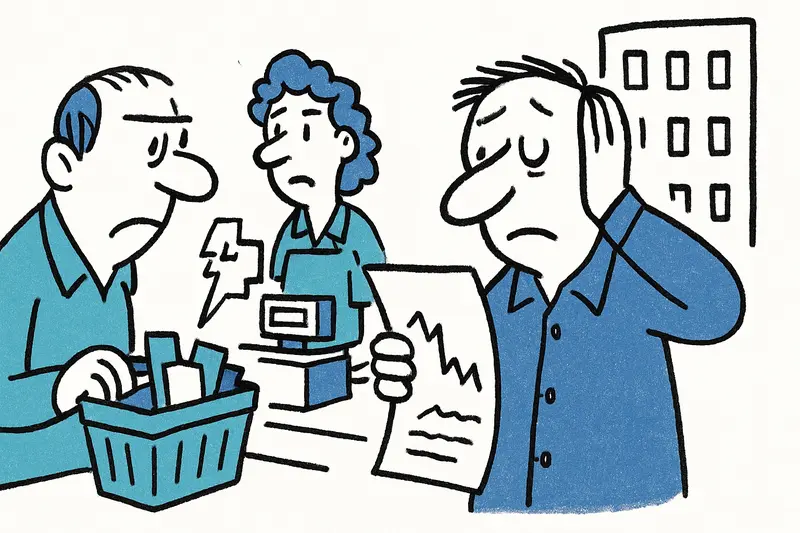Palma is among Spain's most expensive cities: high rents, hefty electricity bills, and rising food prices weigh on households.
Palma Moves into the Expensive Middle Ground of Spain
If you live in Palma, you notice it every month on your balance: rents, electricity, groceries — many things cost significantly more than elsewhere in Spain. A recent financial analysis comparing cities across the country found that Palma is the second most expensive city. You feel that not only on your bank statement but also in conversations with neighbors and shop owners.
Housing costs eat a large chunk of the budget
Housing costs are especially painful on the rental market. For a larger apartment, sums are often asked that far exceed the national average. Realistic everyday examples: many families now pay around 2,100 euros in rent for an apartment of about 90 square meters — clearly more than in many other provincial capitals. Maria, a teacher from Santa Catalina, tells me that in the last three years she has moved twice, because we felt that rent was climbing a little more every year.
Electricity, fueling, groceries: the total adds up
It doesn't end with rents. The annual electricity bill is around 800 euros, according to the analysis. That may not sound dramatic at first, but when combined with high prices for groceries and mobility it adds up quickly. An average shopping basket costs around 520 euros per month. For drivers, Palma is especially expensive: a full tank averages around 80 euros. And yes, even the beer in bars is more expensive — a half-liter often costs around 4 euros when you sit with friends in the evening.
Living standards vs. purchasing power
The study examined various items — housing, household bills, transport, groceries and leisure — and measured them against the average net salary. The result: Palma is high on expenses, but the median household income is only exceeded by a few cities. Simply put: prices rise faster than many salaries, and that weighs on daily life.
What does this mean for the island?
For some residents, that means smaller apartments, longer commutes or fewer restaurant visits. Others consider moving to the mainland or changing their working hours. City hall is discussing measures, but in the short term it remains for many a question of priorities and creativity: flea markets instead of new clothes, delaying vacation plans, or inviting friends over more often than dining out.
I am often along the Paseo del Born and hear everyday stories — from pensioners taking part in energy-saving tips to young tradespeople who have to take several jobs. All of this adds up to that strange feeling: Palma lives and shines, but life is becoming noticeably more expensive.
Note: The figures are based on a comparison of numerous Spanish cities and give an overview of typical household expenses. Individual lifestyles and specific contractual terms can vary significantly.
Similar News

Die Zeit auf Mallorca: Warum die Uhren hier anders ticken
Auf Mallorca läuft die Uhr offiziell anders als die Sonne — ein Erbe aus den 1940er-Jahren, das bis heute unseren Alltag...

Orange Weather Warning for Mallorca: Heavy Rain and Thunderstorms Set the Week
Aemet warns: Monday and Tuesday on Mallorca are under orange alert. Heavy rain, floods, and traffic disruptions are poss...

Life-threatening swimming accident in Ibiza: 73-year-old revived on the beach
During severe storms, a 73-year-old visitor swam despite a red flag. Lifeguards rescued her, and she is now seriously in...

Mummified Body Found in Abandoned House Near Santa Margalida
Between Can Picafort and Son Serra de Marina, teenagers discovered a mummified corpse in an abandoned house. Identity an...

Large Rockfall Blocks Ma-2141 Road Near Sa Calobra
After heavy rainfall, several rock blocks toppled onto the winding Ma-2141 toward Sa Calobra over the weekend. The road ...
